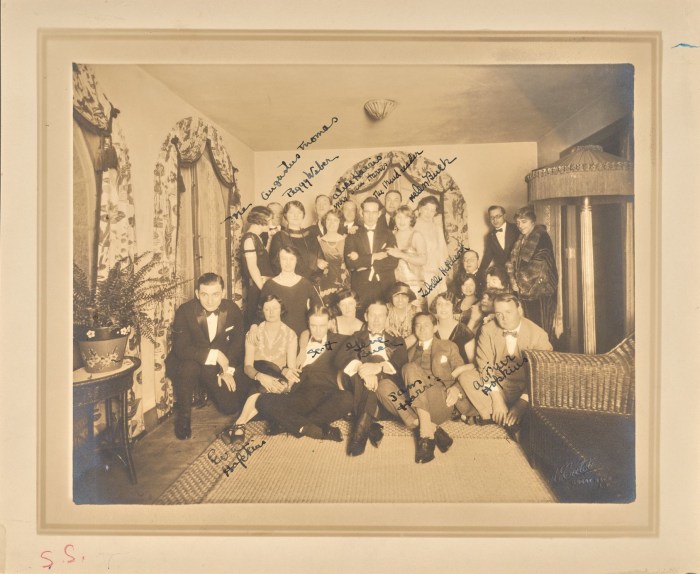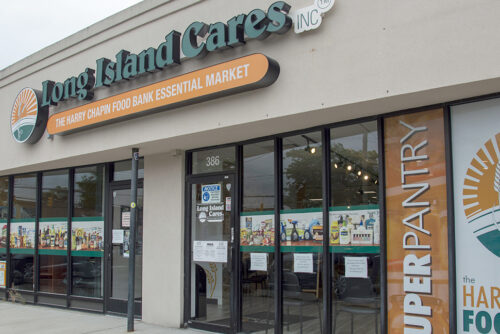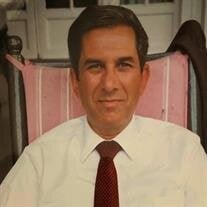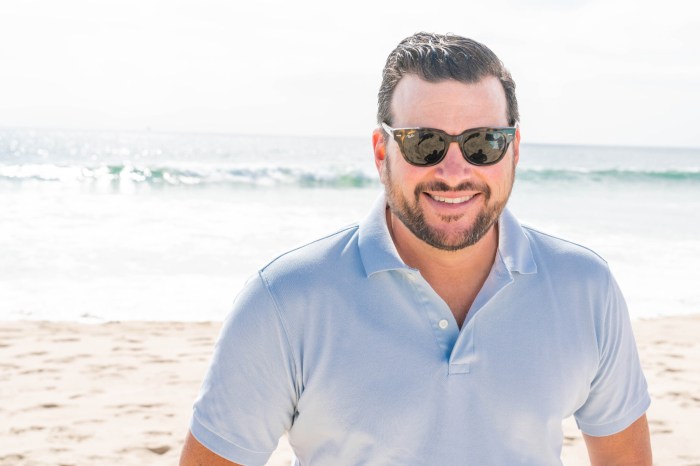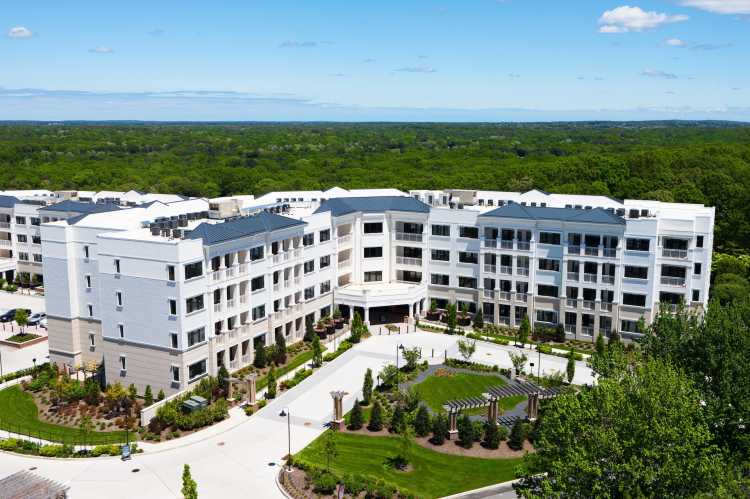New Hyde Park resident Christine Grincato is tired of the ongoing issues with the Sewanhaka Central High School District’s bond. She knows the district needs it, but at what cost? The district proposed a $99.5 million bond for various repairs to its five high schools in December, which failed by 293 votes.
“Perhaps, if you had listened to us, you’d be encouraged to provide a proposal that we can live with,” she said at a special meeting on March 18. “We need a bond, but we need one we can afford.”
The district is currently designing a new bond, with five options being discussed among the board of education. The board expects to choose one this week and decide to either hold the referendum in May during school board and budget elections or a special vote in the fall.
“The board of education has to analyze all the information that’s been provided to them and deliberate in regards to the scope of the revised referendum,” District Superintendent Dr. Ralph Ferrie said. “If the [vote] is on May 20, when we have the budget election, the board has to approve a bond referendum resolution.”
The first option is a vote on a smaller version of the original bond for a second time, with elimination of electronic signs and some capital work. The second and third options would decrease the bond issue, to $84,606,691 in one case or $87,029,591 in another.
The fourth option would total $89,577,091. The fifth option is split into two: $73,567,876 in infrastructure repairs, improvements and a separate $16,009,215 in athletic renovations and upgrades.
Grincato said the alternatives proposed are “an insult.” Furthermore, that none of the plans reduce the bond to $78 million, which was proposed by district architects before the first referendum. Sewanhaka has gone through three architects in the last seven years.
“There is very little difference between these and the original bond that was offered,” she stated. “Is it still your intention to present the original proposal and because a few minor things have changed, to make us believe we’re going to get a new and improved product?”
Forty-seven percent of the bond would be covered by New York State. Projects would be carried in out phases over three to four years.
Ferrie stressed a “district approach” toward the bond, meaning focusing on the needs of every school, rather than one building over another.
“As I said many times to the people on the ad hoc committee from all the communities, there was an awful lot of work done in terms of compromise when they went and looked at the schools that were not the school in which they lived near,” Ferrie said.
Sewanhaka has solicited request for proposals on performance energy contracts, which would let companies evaluate building lighting, windows, roofs, HVAC systems, etc. for renovation. Any savings would decrease any bond option’s amount by an estimated $10 million and increase building aid from New York State, according to Ferrie. Sewanhaka received bids, but did not reveal them at the meeting last week.
“We’re going to have some more intensified analysis on [performance contract],” Ferrie said.
Milton Brush of Floral Park thinks the district didn’t have its priorities in order. He felt the ad hoc committee formed to come up with bond solutions included “unnecessary items.”
“Every article written about this bond has an opening statement that is was for urgently needed school repairs, Brush said. “If this is true, then why did the referendum contain money for athletic facilities and the remodeling of school auditoriums, plus other renovations, instead of concentrating on reconstruction of roofs and buildings?”




